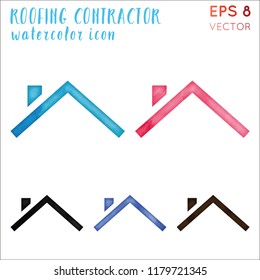Seasonal Factors In Industrial Outside Painting: Key Insights You Ought To Know
Seasonal Factors In Industrial Outside Painting: Key Insights You Ought To Know
Blog Article
Author-Aguilar Rosendal
When you're intending an industrial outside painting project, seasonal elements can make or damage your results. You'll want to take into consideration just how temperature and moisture impact paint application and drying out times. Choosing the best season can ensure your paint sticks correctly and lasts longer. Yet which seasons are genuinely the most effective for this kind of work? Let's check out the key elements that can influence your job's success.
The Impact of Temperature on Paint Application
When you're intending a business external painting task, the temperature level can substantially affect how well the paint sticks and dries.
Ideally, you intend to repaint when temperatures range in between 50 ° F and 85 ° F. If it's as well cool, the paint may not treat correctly, bring about issues like peeling off or breaking.
On the other hand, if it's as well hot, the paint can dry as well quickly, stopping correct attachment and leading to an irregular coating.
You ought to also take into consideration the moment of day; morning or late afternoon provides cooler temperatures, which can be extra desirable.
Constantly inspect the producer's recommendations for the specific paint you're making use of, as they typically supply support on the perfect temperature level variety for optimal outcomes.
Humidity and Its Effect on Drying Times
Temperature isn't the only environmental variable that influences your business exterior paint job; moisture plays a substantial role as well. High humidity levels can slow down drying times significantly, influencing the total top quality of your paint work.
When the air is filled with moisture, the paint takes longer to heal, which can cause problems like inadequate bond and a higher danger of mold development. If you're painting on an especially humid day, be gotten ready for extensive delay times in between coats.
It's critical to keep track of regional weather and strategy accordingly. Ideally, go for humidity levels between 40% and 70% for ideal drying.
Keeping these factors in mind guarantees your project remains on track and provides a lasting surface.
Best Seasons for Commercial Exterior Painting Projects
What's the most effective time of year for your commercial external paint tasks?
https://www.realtor.com/advice/home-improvement/how-to-paint-vinyl-siding/ and early fall are typically your best choices. During these periods, temperature levels are moderate, and humidity degrees are often reduced, developing suitable problems for paint application and drying out.
Stay clear of summertime's intense heat, which can cause paint to dry too quickly, resulting in inadequate adhesion and coating. Likewise, winter months's cold temperatures can impede proper drying out and healing, risking the durability of your paint job.
Go for days with temperatures in between 50 ° F and 85 ° F for ideal results. Bear in mind to examine the neighborhood weather forecast for rain, as damp problems can spoil your task.
Planning around these elements ensures your painting job runs smoothly and lasts longer.
Conclusion
Finally, preparing your business external painting jobs around seasonal factors to consider can make a substantial difference in the end result. By scheduling job during the suitable temperatures and moisture degrees, you'll make certain much better adhesion and drying out times. https://dallasaktbj.webbuzzfeed.com/34816466/picking-the-most-effective-house-painters-revealing-the-secrets-to-an-eye-catching-home-overhaul in mind to keep an eye on regional weather report and pick the correct time of year-- springtime and early fall are your best options. Taking these steps will aid you achieve a durable and expert coating that lasts.
